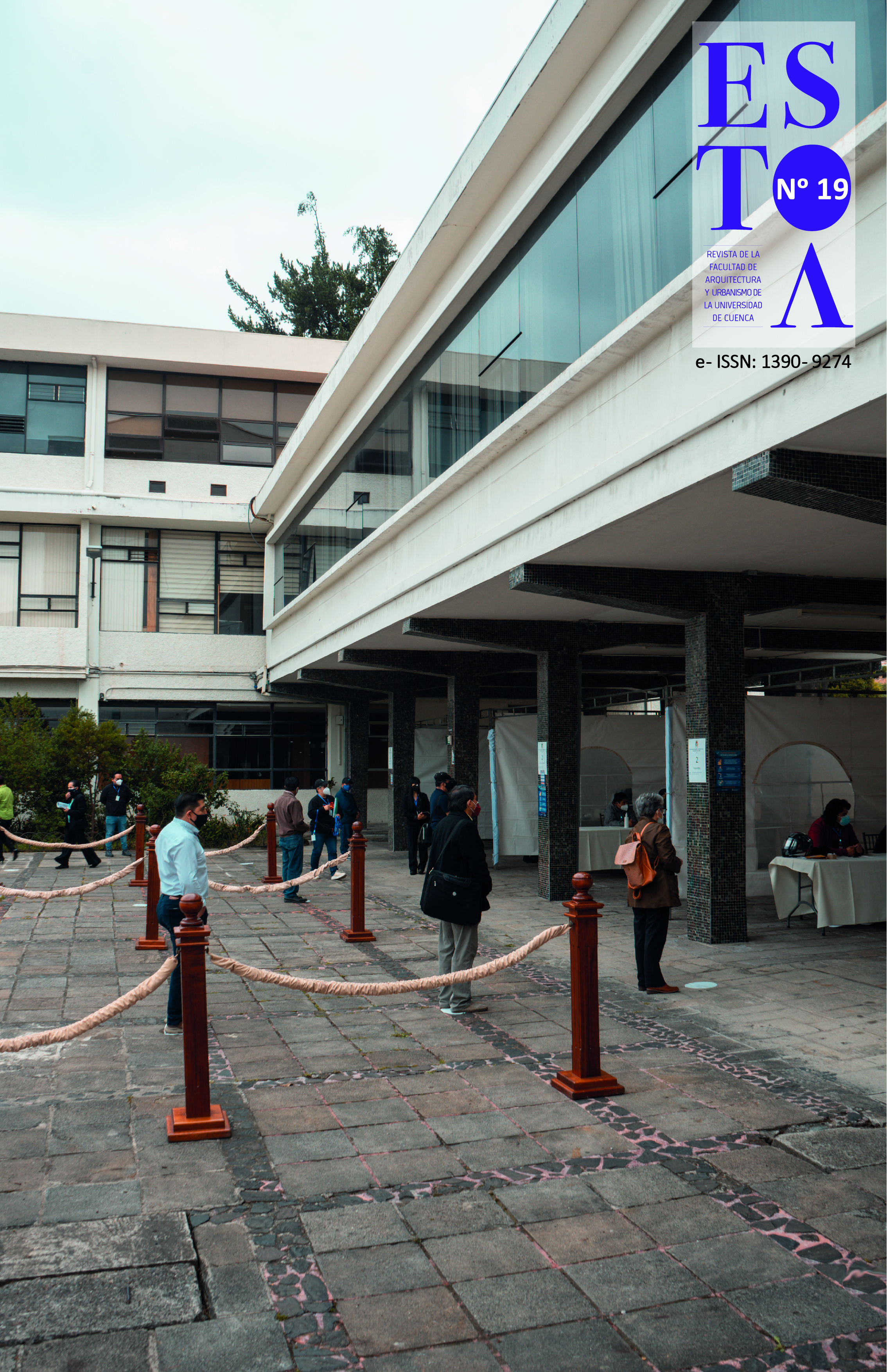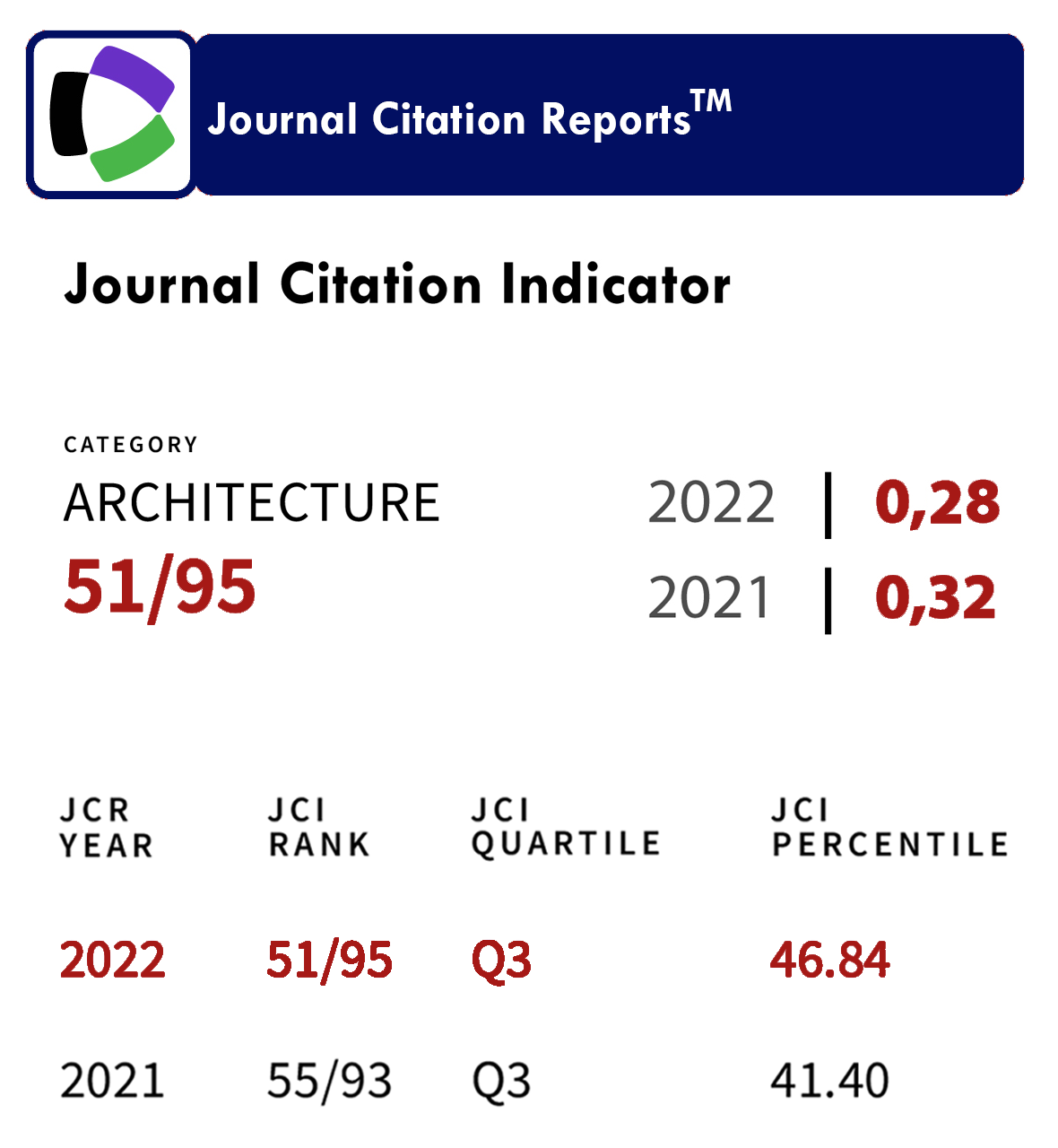Bioclimatic strategies for high altitude tropical cold climate. Prototype validation in Orduña, Puno, Perú.
DOI:
https://doi.org/10.18537/est.v010.n019.a01Keywords:
thermal insulation, bioclimatic architecture, thermal comfort, frost, High Andean houseAbstract
Extreme cold conditions in the Peruvian highland region generate recurring problems that affect the health and economy of the local population. The limited thermal performance of the dwellings above 4200 meters above sea level, added to a subsistence economy and the necessary dispersion in the territory, due to their livestock activity, aggravates the situation of vulnerability of the population. Within the framework of a technology transfer project for the thermal and constructive improvement of the high Andean house, a bioclimatic and seismic resistant prototype in the town of Orduña, Puno, Peru, was designed, built and validated, together with the local population. This document focuses on the passive bioclimatic strategies implemented in the prototype, demonstrating that it is possible to obtain thermal comfort in these extreme conditions from the almost exclusive use of local and natural materials.
Downloads
References
ASHRAE, A. (2016). ASHRAE Standard 62.1-2016. Ventilation for acceptable indoor air quality. American Society of Heating, Refrigerating, and Air-Conditioning Engineers, Inc.
De Dear, R. J. y Brager, G. S. (1998). Developing an adaptive model of thermal comfort and preference. Proceedings of the 1998 ASHRAE Winter Meeting (pp. 145-167). 104(Pt 1A), ASHRAE.
Givoni, B., (1998). Climate Considerations in Building and Urban Design. John Wiley & Sons.
Hidalgo-Cordero, J. F. y García-Navarro, J. (2018). Totora (Schoenoplectus californicus (CA Mey.) Soják) and its potential as a construction material. Industrial Crops and Products, 112, 467-480.
Jiménez, G., Wieser, M. y Biondi, S. (2017). Improving Thermal Performance of Traditional Cabins in the High-Altitude Peruvian Andean Region. PLEA Conference (pp. 4101-4108), Network for Comfort and Energy Use in Buildings.
Lechner, N. (2014). Heating, cooling, lighting: Sustainable design methods for architects. John Wiley & Sons.
Marsh, A. (2019). Psychrometric Chart. Software en línea. Recuperado de: http://andrewmarsh.com/software/psychro-chart-web/
Mino-Rodriguez, I., Korolija, I. y Altamirano, H. (2018). Thermal comfort in dwellings in the subtropical highlands Case study in the Ecuadorian Andes. Conference: 10th Windsor Conference - Rethinking Comfort (pp. 760-774), NCEUB - Network for Comfort and Energy Use in Buildings.
Nicol, J. F. y Humphreys, M. (1998). Understanding the adaptive approach to thermal comfort. ASHRAE transactions, 104(1), 991-1004.
Nicol, J. F. y Humphreys, M. A. (2002). Adaptive thermal comfort and sustainable thermal standards for buildings. Energy and buildings, 34(6), 563-572.
Ninaquispe Romero, L., Weeks, S. y Huelman, P. (2012). Totora: A Sustainable Insulation Material for the Andean Parts of Peru. In: Proceedings - 28th International PLEA Conference.
Olgyay, V. (1963). Design with climate: Bioclimatic approach to architectural regionalism. Princeton University Press.
Onnis, S., Rodríguez-Larraín, S., Meli, G. y Loayza León, L., (2018). Modelo de transferencia tecnológica para la vivienda altoandina. Memorias del 18° SIACOT (pp. 606-615), Proterra.
Pulgar Vidal, J. (1996). Geografía del Perú. Las ocho regiones naturales. La Regionalización Transversal. La Sabiduría Ecológica Tradicional. PEISA.
Rijal, H. B. y Yoshida, H. (2006, April). Winter thermal comfort of residents in the Himalaya region of Nepal. In Proceeding of international conference on comfort and energy use in buildings—getting them right (Windsor) (pp. 1-15), NCEUB-Network for Comfort and Energy Use in Buildings.
Rodríguez-Larraín, S., Onnis, S. y Vargas-Neumann, J., (2016). Transferencia tecnológica para la vivienda alto-andina. In: Proceedings - TERRA 2016 XIIth World Congress on Earthen Architecture (pp. 339-344), CRAterre.
Rodríguez-Larraín, S., Alvarino, M., Onnis, S., Wieser, M, Jiménez, C., Meli, G., Vargas-Neumann, J. y Sosa, C. (2016). Manual del promotor técnico para la construcción de la vivienda altoandina segura y saludable. Centro Tierra, CIAC, PUCP. Recuperado de https://issuu.com/centrotierra/docs/1._manual_del_promotor_t__cnico
Szokolay, S. V. (2014). Introduction to architectural science: the basis of sustainable design. Routledge.
Wieser, M., Onnis, S. y Meli, G. (2018). Conductividad Térmica de la tierra alivianada con fibras naturales en paneles de quincha. Proceedings of the SIACOT (pp.199-208), Proterra.
Published
Versions
- 2021-06-09 (3)
- 2021-04-05 (2)
How to Cite
Issue
Section
License
Copyright (c) 2021 Estoa. Revista de la Facultad de Arquitectura y Urbanismo

This work is licensed under a Creative Commons Attribution-NonCommercial-ShareAlike 4.0 International License.
The Journal declines any responsibility for possible conflicts derived from the authorship of the works that are published in it.
The University of Cuenca in Ecuador conserves the patrimonial rights (copyright) of the published works and will favor the reuse of the same ones, these can be: copy, use, diffuse, transmit and expose publicly.
Unless otherwise indicated, all contents of the electronic edition are distributed under a Creative Commons Attribution-NonCommercial-ShareAlike 4.0 International License.






